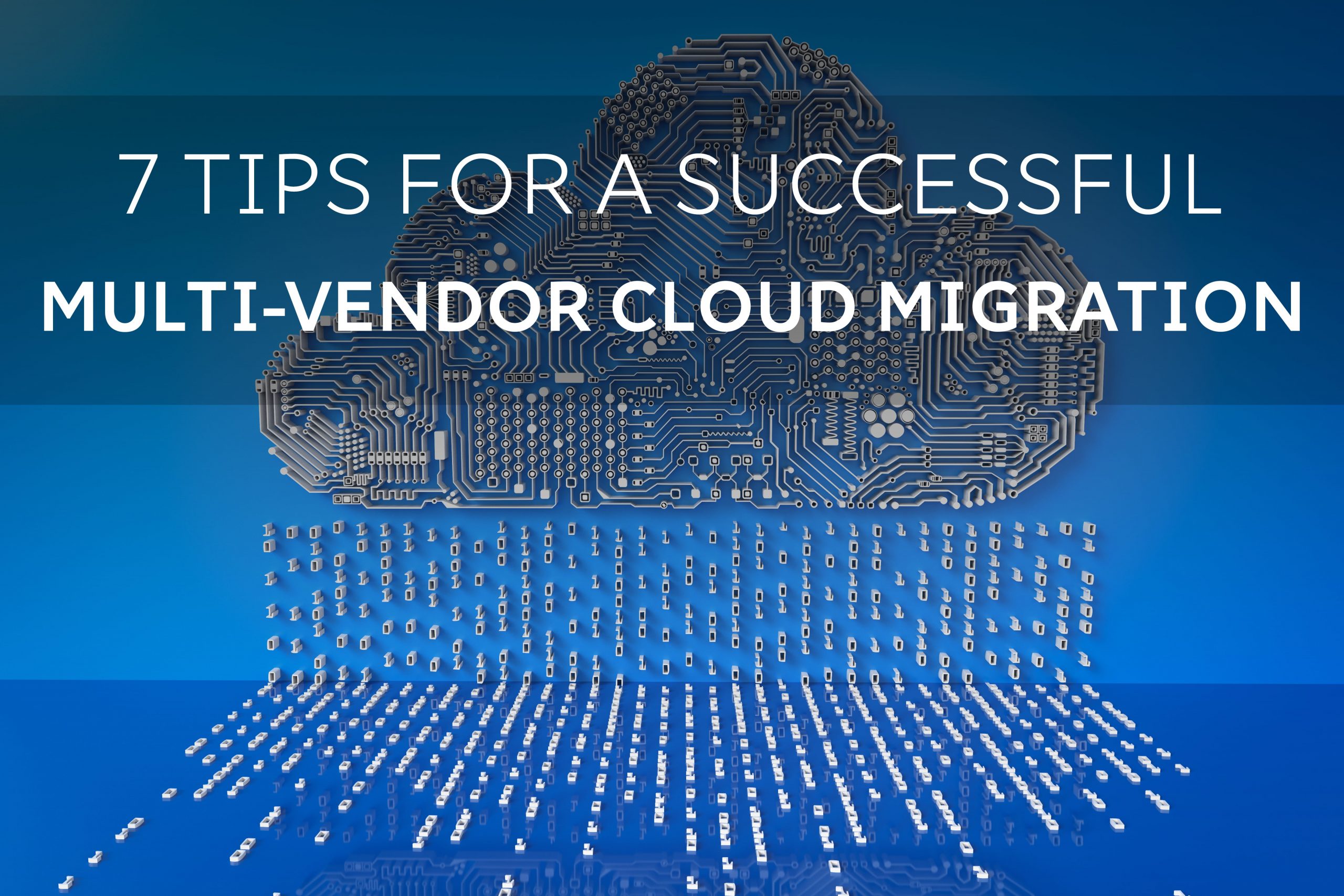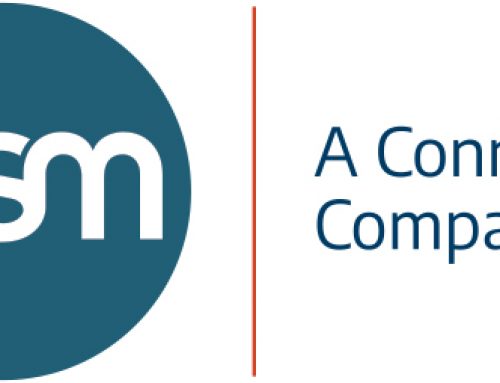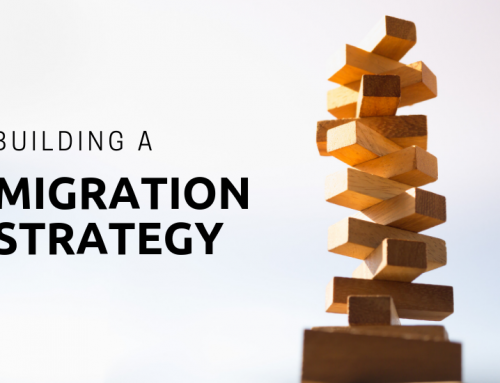As much as an organization might try to control the number of technology vendors they work with, there are almost always several organizations involved – in one form or another – in the cloud migration projects we do. Having orchestrated dozens of these migrations, I can attest to preparation being key to controlling the chaos. Here are a few tips from my own experiences.
1. Identify all parties upfront.
Nothing throws a wrench in your plans like an unknown vendor showing up in the middle of a project. To the best of your ability, you should identify who’s involved – ideally by individual name – before the project starts. While you’re naming names, make sure you have a list of all the internal stakeholders as well.
2. Identify roles and responsibilities.
With the list of names in front of you, identify their role in the migration and what they will be responsible for delivering. This can help you avoid finger-pointing later if something doesn’t get done.
3. Get sign off on the project plan.
All successful projects start with a plan with responsibilities (already covered), timelines, and milestones. If there are multiple vendors involved, it’s important to get sign off from key roles, e.g., the team leader in each organization. And, of course, you’ll need to get sign off from the client’s project owner.
4. Set up a regular cadence for meetings.
We just finished a very large AWS migration in which there were multiple partners involved with a lot of overlapping responsibilities. Our weekly progress meetings saved us from duplicating efforts or letting things slip through the cracks many times. These meetings also helped us get to know each other, including our unique skill sets, our weaknesses, and our work habits.
5. Document everything.
Documentation is key to all cloud migration projects, but even more so when there are multiple vendors involved. Sometimes you can’t get in touch with someone else on the team, but if they’ve documented what they’ve done, you can keep the project moving forward. At other times, the client will have questions. They don’t want to hear, “You need to talk to Jim about that.” If you can refer them to documentation, it may answer their question. If not, they know who to follow up with.
6. Standardize documentation formats as much as possible.
Every organization documents things differently. If you’re creating similar documents, try to standardize the format as much as possible. It’ll make it easier for the client to digest, and it’ll help ensure nothing gets missed.
7. Be open to ideas.
As challenging as multi-vendor projects can be, I enjoy them because it’s an opportunity for me to learn from the best practices of others. Over the years, we’ve adopted a number of approaches we’ve seen work well and delivered greater value to our clients as a result.
The reality is that you may not always be the organization (or individual) leading the migration project. At WSM, we often take a lead role, but sometimes, we’re in more of a contributor role. If the project lead is experienced, they probably have many of the items in our list covered. If not, in all but the rare instance, I’ve found most project managers to be open to new ideas. You’ll simply have to decide, case by case, how to make the suggestion.
Learn more about WSM’s cloud migration services and how we help organizations achieve their cloud migration goals.
Tina Wisbiski is the Project Management Officer at WSM International, a Connectria company. She’s been leading migration projects at WSM for more than six years and has achieved her Project Management Professional (PMP) certification by the Project Management Institute.






